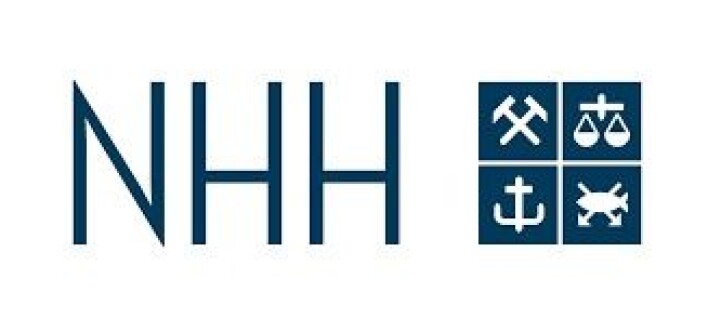THIS ARTICLE/PRESS RELEASE IS PAID FOR AND PRESENTED BY NHH - Norwegian School of Economics - read more

Closing borders in 2020 reduced COVID-19 infections and fatalities
“Early imposition of full international travel restrictions appears to have reduced the growth in per capita cases and fatalities associated with COVID-19 in Nordic countries in 2020,” Professor Stein Ivar Steinshamn says.
Stein Ivar Steinshamn is a Professor at NHH Norwegian School of Economics, Department of Business and Management Science.
In a peer-reviewed paper, Cross-country effects and policy responses to COVID-19 in 2020: The Nordic countries, Steinshamn, Professor Daniel V. Gordon (University of Calgary) and Professor Quentin Grafton (Australian National University) evaluate the impact of international air border closures on Covid-19 (see facts).

This paper is one of the latest publications at Centre for Applied Research at NHH.
Under debate
“Since the start of the COVID-19 pandemic, officially declared by the WHO on 11 March 2020, many countries have struggled to determine the desirable timing, scale and selection of policy responses to control the disease,” Professor Steinshamn says.
Travel restrictions and closing borders have been under debate since March 2020. In their study, they analyze the responses and effects to Covid-19 Nordic countries (Denmark, Finland, Norway and Sweden), large Western European countries (France, Germany, Italy, Spain and United Kingdom) and OECD Europe.
Their findings are highly interesting, he says.
“A key implication of our study is that, at least for Nordic countries, the imposition of effective air border closures in the first half of 2020 reduced the growth in per capita COVID-19 cases. Our finding, at least from a public health perspective, is contrary to the WHO advice that countries should not close their borders and treat arrivals, in terms of testing for COVID-19, no differently to residents.”
Sweden is an outlier
Sweden’s decision not to impose an air border closure in the ‘first wave’ of the pandemic in the first half of 2020, in part, explains its poor performance relative to its Nordic neighbours in terms of the growth in per capita COVID-19 cases and fatalities.
“Sweden is an outlier, relative to its Nordic neighbours, in its COVID-19 public health outcomes. They would have had reduced cases and fatalities if it had adopted the air border closures implemented by its Nordic neighbours in the first half of 2020,” the Professor says.
For OECD Europe, there is a statistically significant and negative association between per capita COVID-19 fatalities and economic performance.
In a policy response model of Nordic countries, the study finds that Sweden’s decision not to impose an air border closure in the ‘first wave’ of the pandemic in the first half of 2020, in part, explains its poor performance relative to its Nordic neighbours in terms of the growth in per capita COVID-19 cases and fatalities.
National economy
Comparisons of changes in quarterly GDP for Nordic countries and large Western European nations, and a regression using data from OECD European countries of cumulative per capita COVID-19 fatalities on the percentage change in annual GDP from 2019 to 2020, provide insights about the relationship between public health outcomes in relation to COVID-19 and national economic performance.
A second policy insight is, at least for OECD Europe in 2020, a poorer public health performance with respect to cumulative COVID-19 fatalities is associated with a worse economic performance.
Reference:
Daniel V. Gordon et.al.: Cross-country effects and policy responses to COVID-19 in 2020: The Nordic countries, Economic Analysis and Policy, 2021.
See more content from NHH:
-
Ambitions spread in the classroom: Students from elite families lift others with them
-
Researchers are concerned about the gap in AI usage between male and female students
-
78 per cent find green living difficult
-
Norwegians send rude e-mails - without realising they do so
-
Norwegian men as an export item
-
Norwegian infant mortality no longer dependent on income





































